Design Thinking and Agile - Understanding the Difference
Is there a way to understand it? It has confirmed that the IT industry is still failing by 30-40 per cent. The main cause causing the failure was poor communication with the senior authorities, employee resistance, and insufficient funding.
Businesses prefer customer centered innovation strategies like design thinking or the agile methodologies to prevent the same from occurring. This concept has similar techniques such as collecting user feedback, so using iterative approaches to a modeling system to generate better ideas.
Designers can prevent mistakes and produce faster and more stable output. The two terms aren 't interchangeable though.
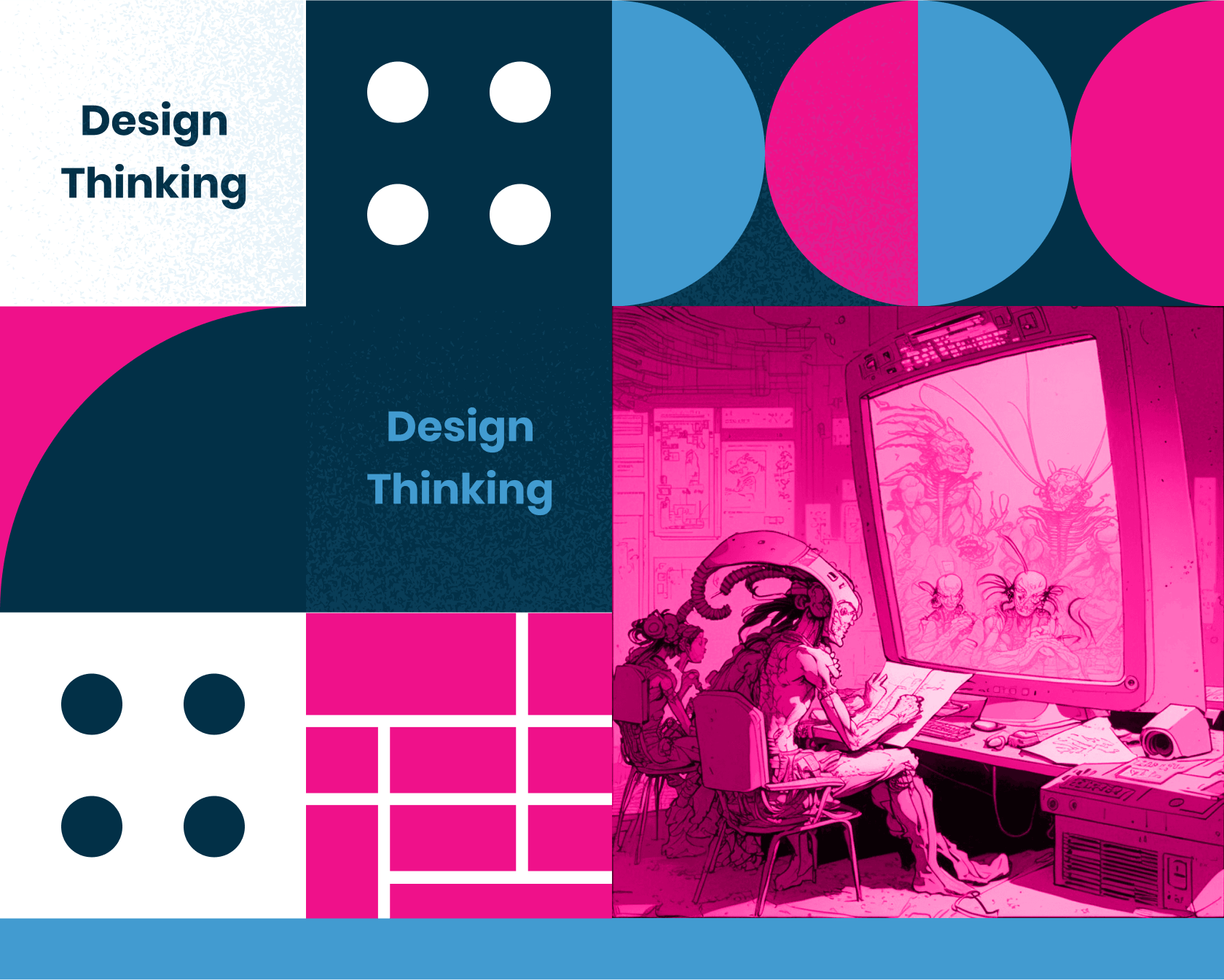
What is agile and how does it relate to design thinking?
Agile is an agile project management method with a quick, incremental method of developing software products. During agile development, teams share work demonstrations or prototypes to obtain feedback and uncover unexpected user needs.
It will be possible to build and deliver incremental products based upon users' feedback rather than attempting to deliver all solutions in one go. When agile emerged in the early 1990s, developers had the freedom to test new ideas in response to user insights and adjust product plans in response to user input. Do they have any familiarity? Surely they're right.
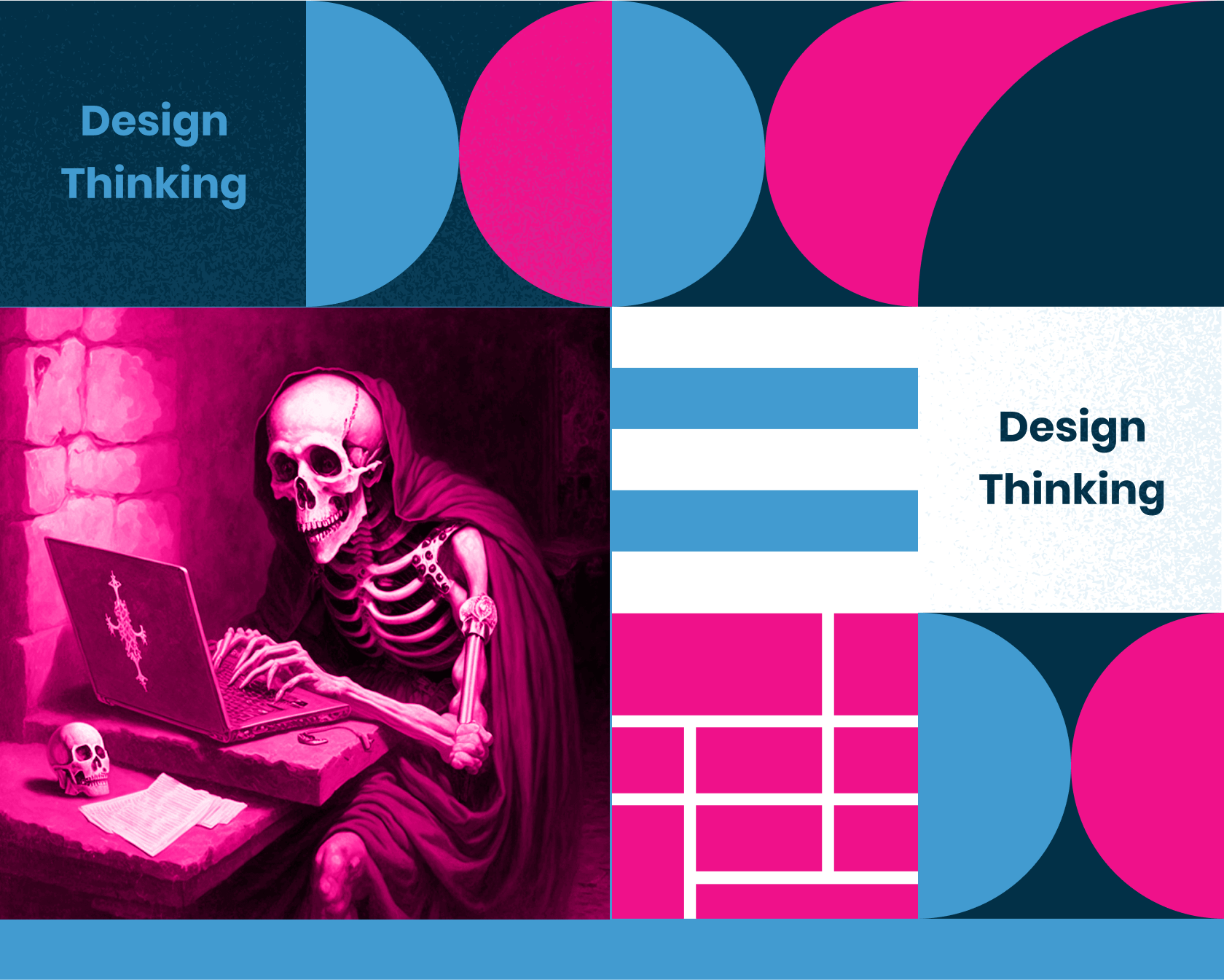
What is Agile Methodology?
Agile methodology entered the business world around 2000. The project manager and developer need to become flexible to achieve this task. Before Agile began, project teams could discuss a product's needs more fully with a client or stakeholders.
After the specification had begun the team began working on a solution to the problem. Development cycles can take up to a year. Those changes are not desirable, because causing them to interfere with the iterative process and can further retard them. In the end it is unlikely anyone can guarantee a customer's complete satisfaction with the result.
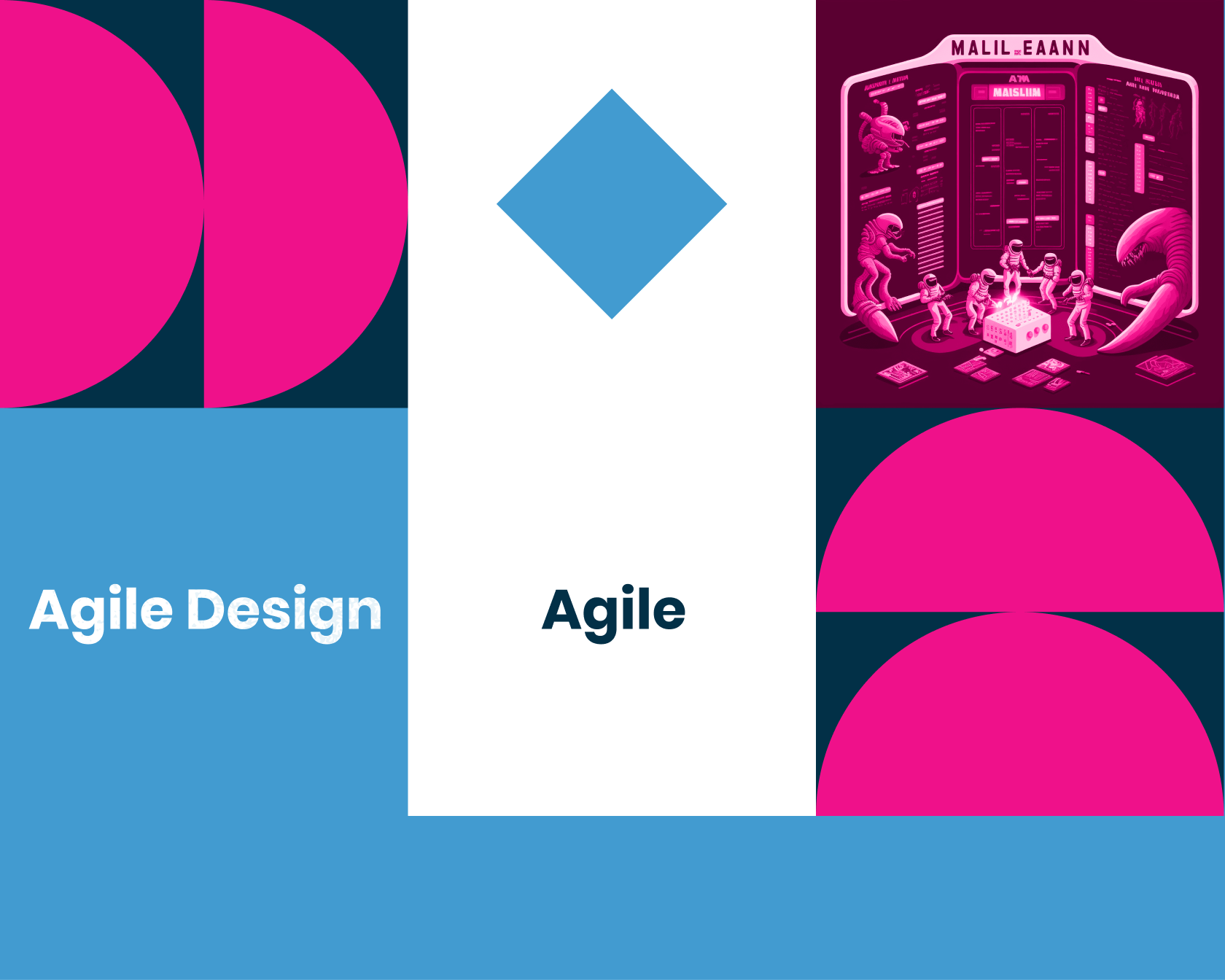
Can Agile and Design Thinking Process be friends?
It is impossible to use Agile or design thinking alone. Let the principles of the Agile approach complement one another, with measurable results. Choose the method that suits your project best. When you start with a concept, you have to take an innovative approach. It's a good period to think about designing.
Agile is best when an issue exists and requires quick, effective implementation in simplest terms. Design thinking has also become a popular tool for Agile development where teams have a complex problem but are looking at creating an advanced product to meet the user needs.
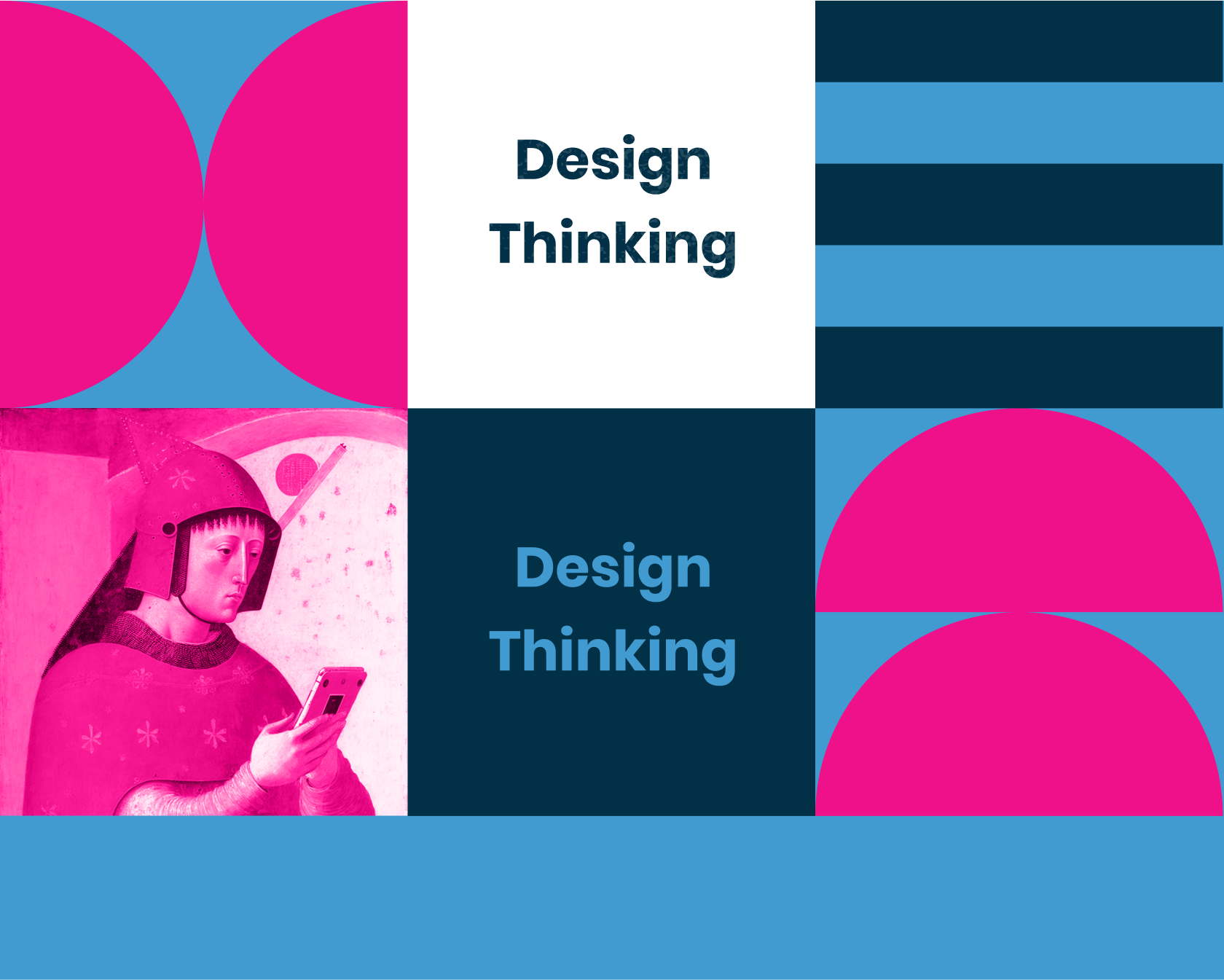
Design thinking process versus Agile
Does Design Thinking actually become the name in agile? It would be an interesting question. The framework relied on the responses of feedback but had a major difference. While agile can provide innovative solutions to problems, design thinkers also provide a method for solving problems.
The program demands high empathy for customers and a gradual process of creating new solutions that challenge assumptions or define problems. While Agile can help solve problems, design thinking can help solve problems – design thinking is about finding alternatives that might not be obvious.
Empathize
Understanding the behavior, motivation and behavior. Sometimes a person is unable to explain the facts. Understanding arises when viewing user behavior to find patterns in behavior, and it also requires the use of questioning and challenging the assumptions made.
Define
Develop a practical problem-solving document describing the challenges to solve, a set of needs which must be fulfilled according to the organization, the objectives and end user perspectives.
Ideate
Utilise brainstorms, mind mapping sketches and papers to step back, move outward to develop innovative ideas that were not initially envisioned.
Prototype
Show ideas rather than tell. Make a quick prototype that puts something in users' hands to gather real-life feedback.
Evaluate
Learn from user understandings, iteration of the process as necessary until you reach the Minimum Viable Product (MVP).
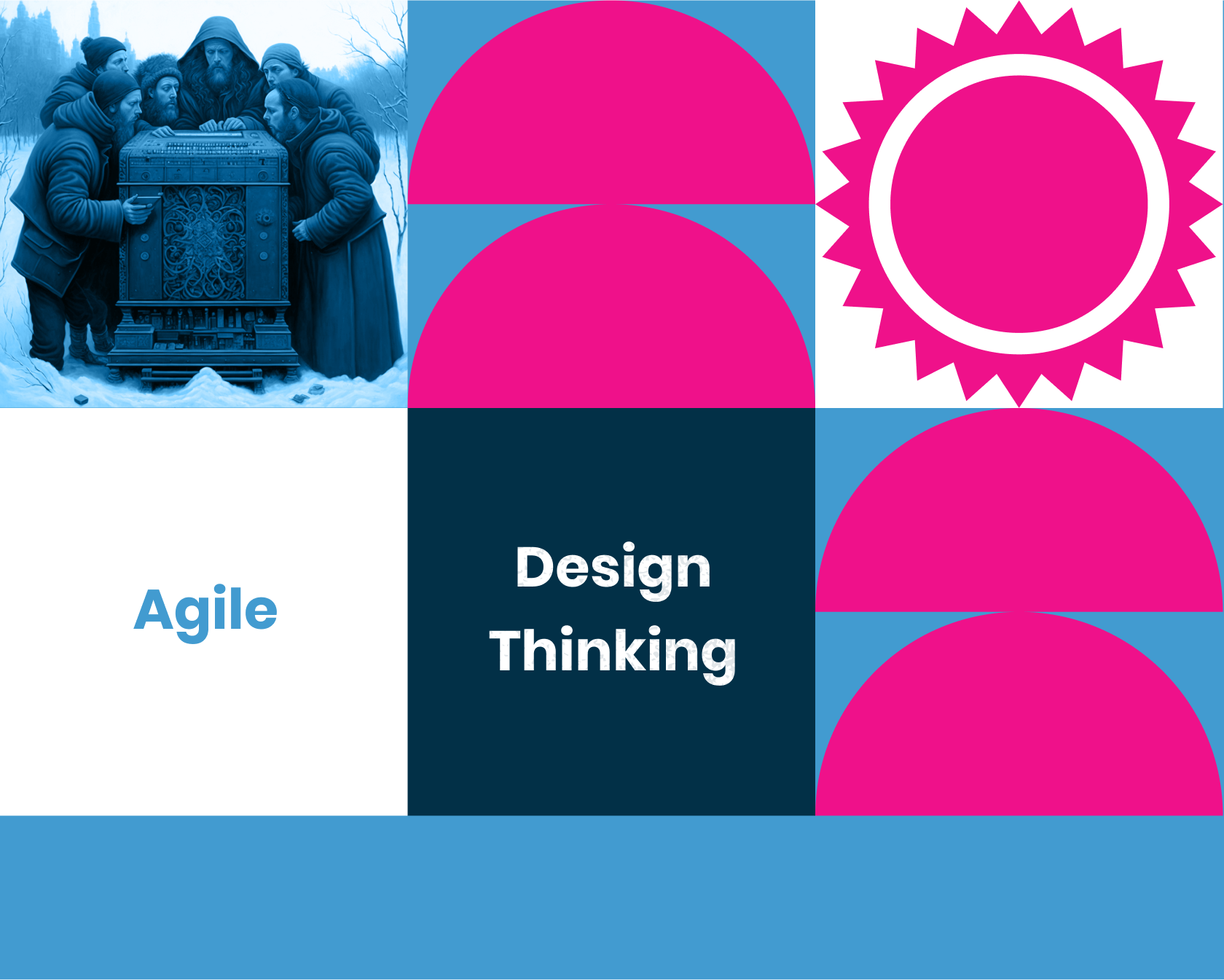
Drawing the line between agile and design thinking
Agile design thinking and Agile development thinking should also form part of a balanced, design-focused product development process. Design thinkers have very different needs and the design thinking method focuses primarily on problem solving rather than the agile approach.
This requires an incredibly high degree of sensitivity and understanding of users, and is an iterative process for developing innovative ideas, challenging assumptions and redefiniting issues. Design thinking aims to answer user questions about specific issues.
Testing
Tests aim primarily at improving and learning and both methods adopt this philosophy. Agile software is built early in the development process and often continually evaluating its effectiveness.
The agile method starts with the most important characteristics and then moves to the less critical. This generally means a test schedule if prototypes are ready for development and iterative approach must be finished before design becomes mature or code has finished. Tests also play a role in design thinking process to validate new ideas and find a better way to solve problems.
How user feedback is used?
The difference is in utilizing the user understandings collected from them at an individual time. When an agile work flow is modeled, measured, then learned. A team will create a minimal viable product (MVP) which then uses user comments to improve it. But design thinking means learning, measuring and building.
Design thought uses user insights to determine what needs exist. Pro tip: Agile Teams could talk with users everyday, but without listening and responding to users needs that everyday interactions will not provide value to product teams that seek.
A focus on users (and user feedback)
The Agile design approach uses user inputs while creating products. The team uses user feedback in the process of improving and tweaking products that provide great customer delight and enhance customer experiences.
The two processes collect inputs from sources other than the workgroup performing a task, including usability tests, business requirements, or technological options. Pro tip: Feedback from the user helps uncover and resolve users' needs and concerns. Hotjar offers a range of surveys for quick, non-invasive responses.
4 things agile and design thinking have in common
Design mindset isn't a commuting thing. They work together in complementary ways. Design thinking focuses on identifying and addressing problems that arise in a complex world. An agile approach provides the ability to develop software adapted to changes under such conditions.
Even though the two are different origins—industrial and software development—they have many similar characteristics, and both are complementary and compatible. This article explains four common features of agile design thinking:
Constant iteration
Rapid delivery of outcomes is critical for agile thinking as it helps in accelerating the development. Both methodologies utilize repeated enhancements to build the best possible products.
Agile and development-based thinking therefore requires repetition and encourages team participation and product development experiments. The agile create design is mostly about back and forth variants and despite its continuous development, the product uses both methodologies with similar principles.
Duration of the development process
Generally Agile teams have a longer development period compared to those using design thinking. This can be attributed partly to Agile frameworks which tend to develop a product first then then use feedback from the user to improve it. Designers are seeking user feedback first before teams begin developing products. Because feedback can only be factored during development it shortens a development process significantly.
Collaboration
The strong appeal to teams who value understanding and individuality across departments is one of the core principles of agile and design thinking. This methodology is constantly balanced between teamwork and prototypes across product development and discovery to identify and prioritize user-focused business objectives.
The root of the problem
Agile is a method for solving predefined problems. Designers' thinking is focused on determining what problems they need to solve, assisting product teams in making the best decision for the way to get there.
3 differences between agile and design thinking
Although they are similar, agile methods cannot be interchangeable with design thinking methods. There are 3 examples when the similarity ends.
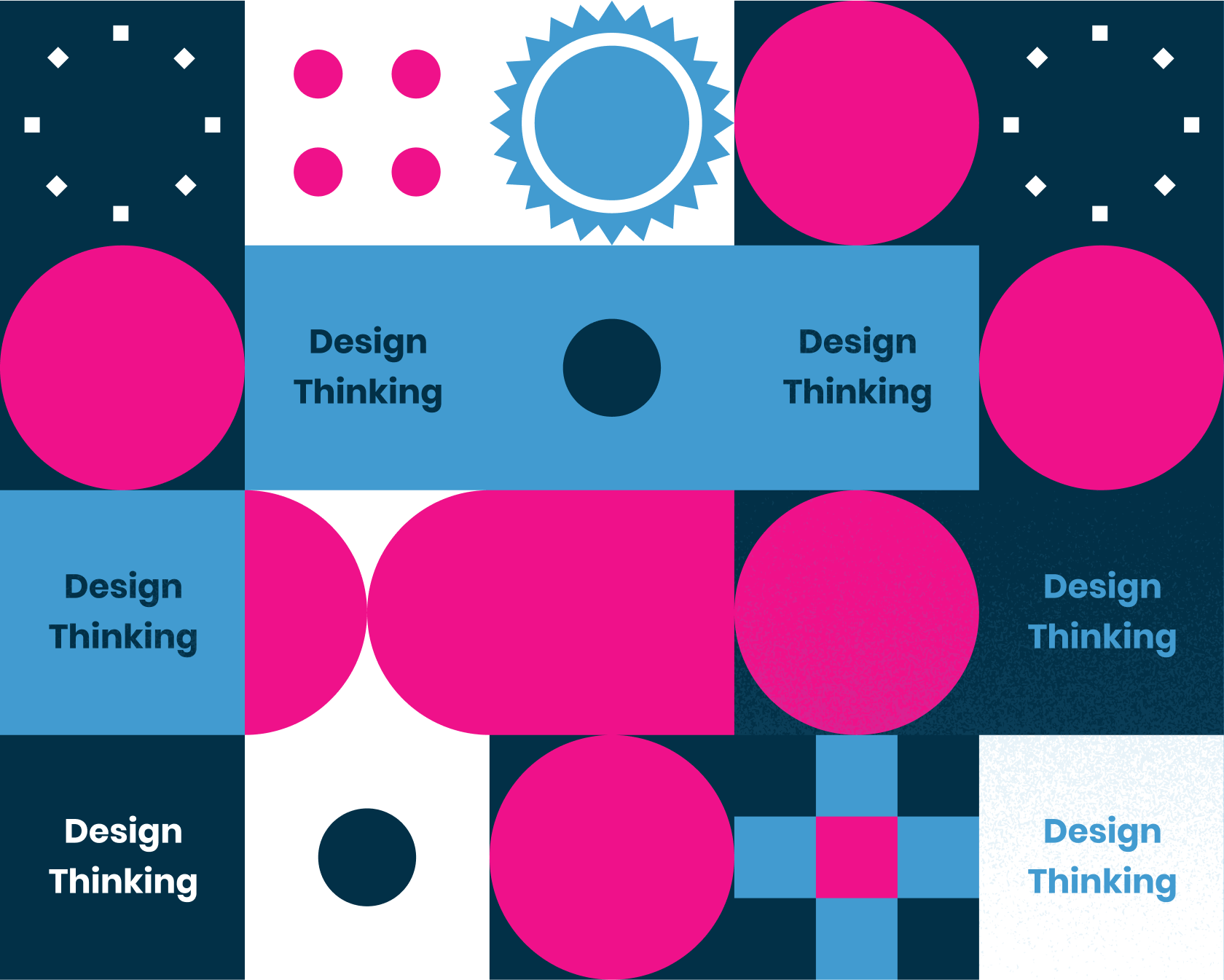
Tell me the Agile design methodology?
Agile software development techniques helps companies stay on top of changes. Several FBI agencies have used Agile practices for business operations. Gartner defines Agile as developing software in incremental increment using principles from Agile Software Development Manifestos.
Agile software development is a flexible, iterative development method designed for rapid change with feedback from the user. It exists mainly for Scrum Crystal Dynamics System Development Methods and FeaturesDriver Development (FDD).
How does Lean fit into Agile design thinking?
If we were not using Lean we would not be Agile. Lean was originally invented by companies that wanted to minimize waste (everything that isn't valuable to users), increase innovation, and optimize production.
Lean history dates back to 1450 in Venice, however Henry Ford was the first to integrate it into the manufacturing processes in 1913. Agile is based on much of the principles of Lean methodologies and includes fast and regular iterative development, short feedback loops, or “sprints” in Agile terms and structured errors.
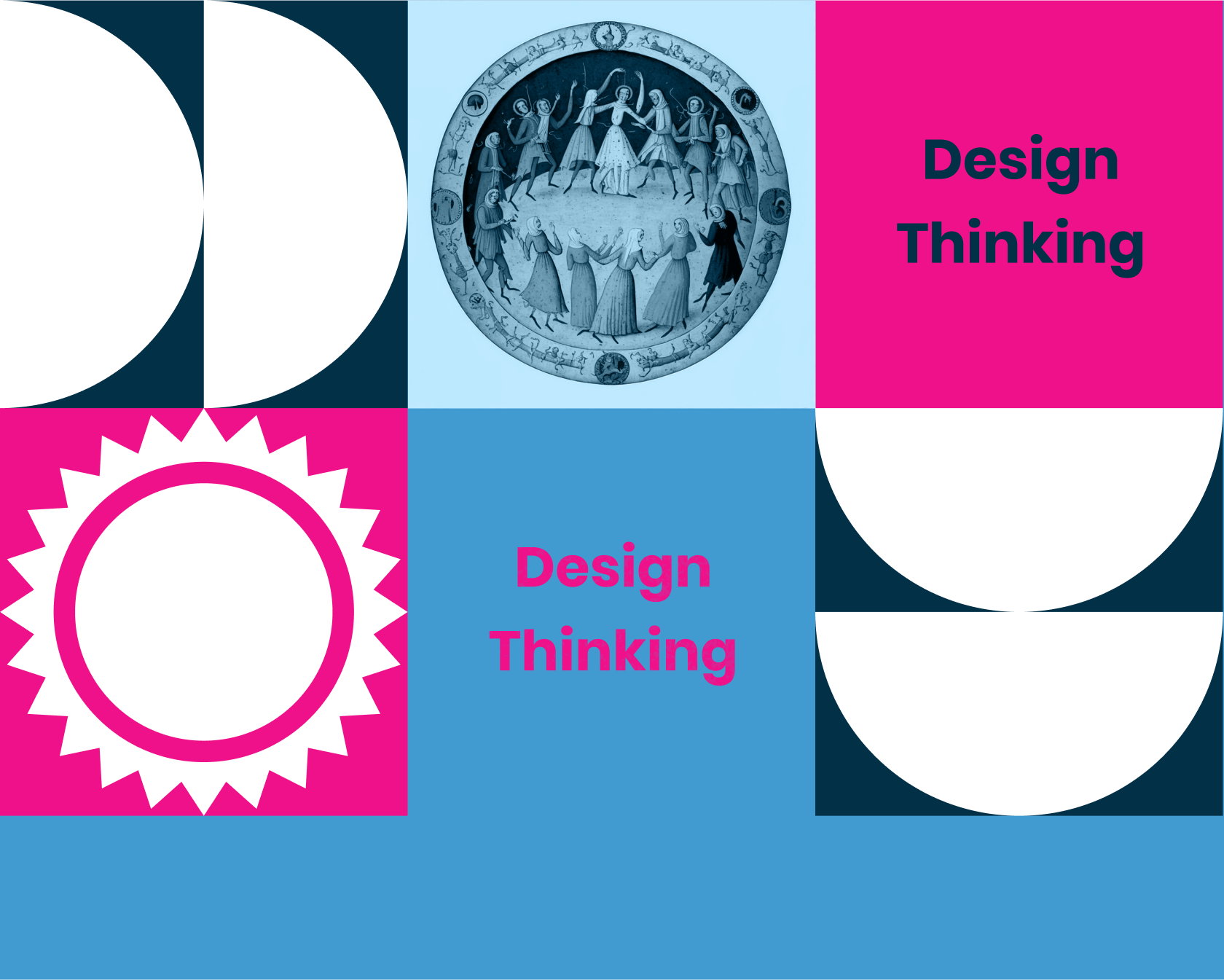
DESIGN THINKING
Design Thinking's focus is on humans. It uses solutions-based methods that first look at human needs. Therefore, designing thinks about identifying and solving a problem by fully understanding human behavior and the things it requires.
This is a very low assumption. Design thinking does not happen straight away. This is flexible but quite fluid. In order to implement this methodology a certain phased approach must be used. This phase: Empathize. 1. Tell me the definition. 2. Idea. 5. Inventory. Tests.
Wicked problems
Horst Rittel and Melvin M. Webber were coined in 1973 as professors for urban design in Berkeley. Wicked problems have a complex, abstract nature and often they have a number of overlapping issues. Especially with climate change. Is this really a terrorist threat? The Design Thinking methodology helps solve wicked problems with enduring effectiveness because there are no solutions to these issues.
Design Thinking in the workplace
Designers are able to use the solution-based creativity to solve problems at work. As Agile merges design thinking with agile, the product can be adaptable and is iterative in development. Agile can deliver the return on investment the organizations seek. In my opinion, design thinking and agile go hand in hand, and Agile is about customers and value.
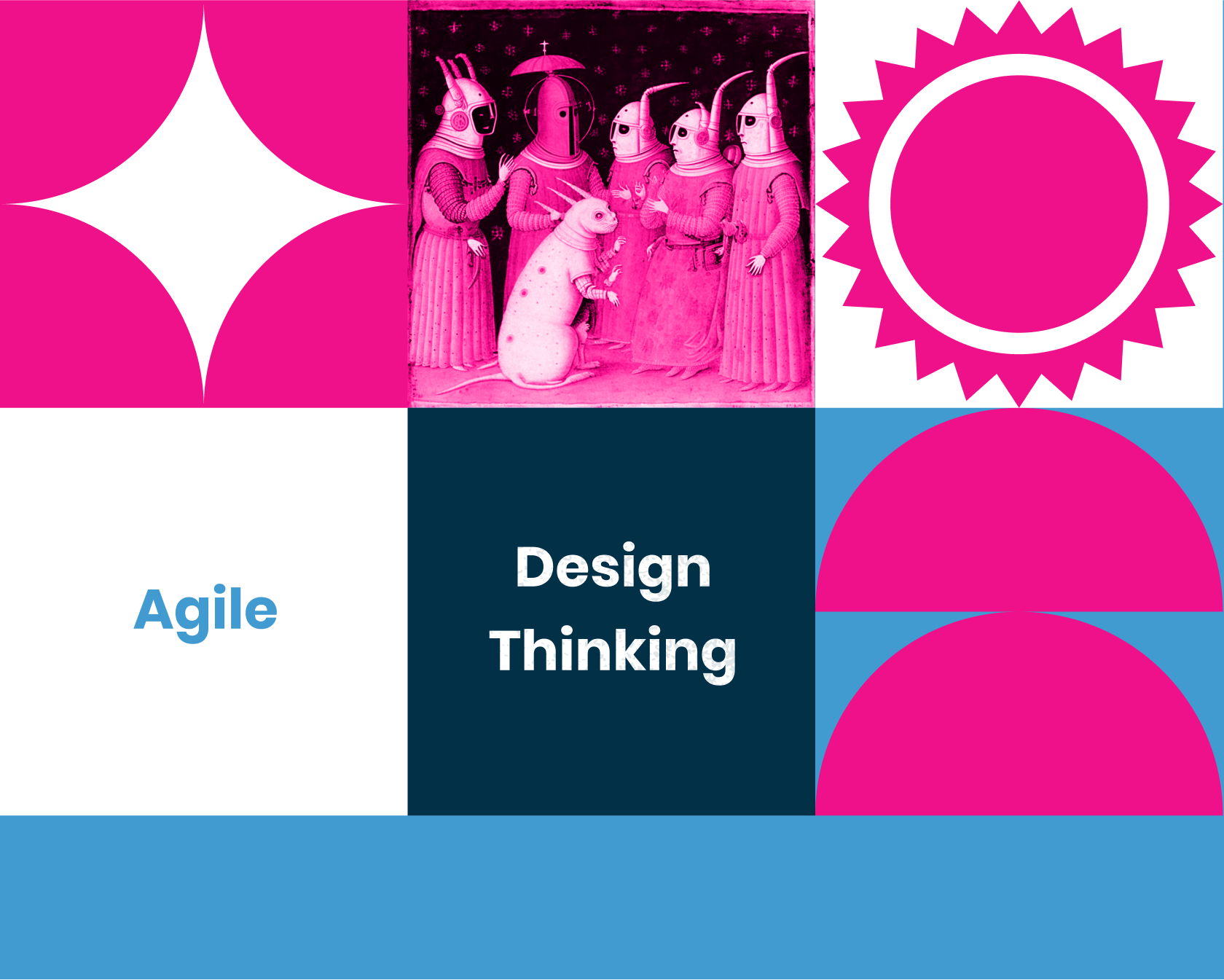
Agile vs design thinking: key differences, similarities and why you don't have to choose between them
Building strong and user-centered products often requires a good innovation strategy and that enables agile thinking. The strategy follows similar principles to the customer feedback: it is an iterative process that is used to inspire ideas, eliminate errors, and ultimately lead to superior products.
Agile design thinking isn't interchangeable, but it is really beneficial to combine both. This chapter is aimed at helping readers understand what agile design thinking means and how it works.
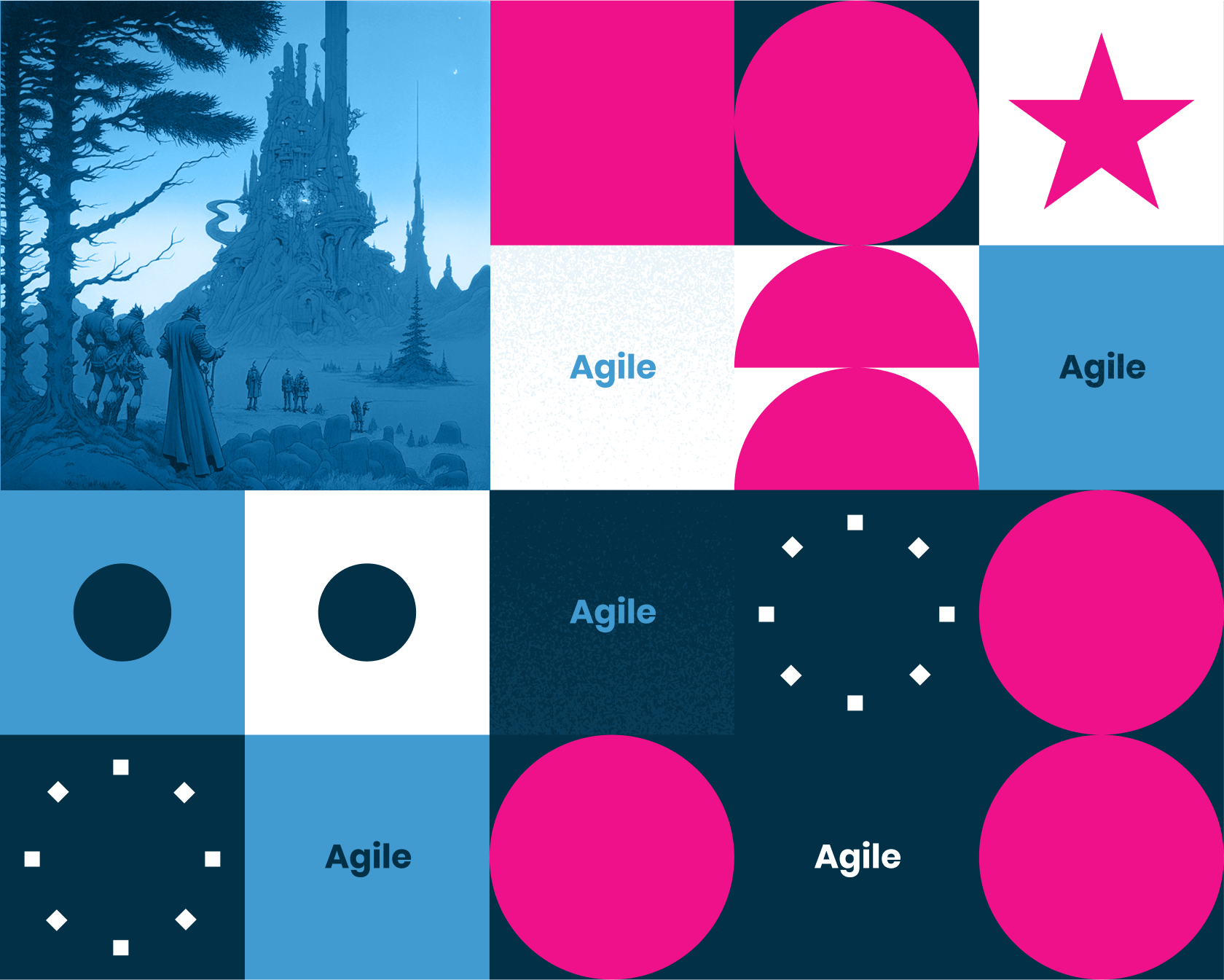
Tell me the difference between design thinking and Agile?
Comparing Agile design thinking with Design Thinking is like comparing an orange and an apple. However, design thinking and agile have different purposes. The design thinking approach helps define the problem while Agile aims to solve the problem the most efficiently. Agile is the process of delivering software of known value within a specified timeline and design thinking can be defined as a process that solves an unarticulated problem.
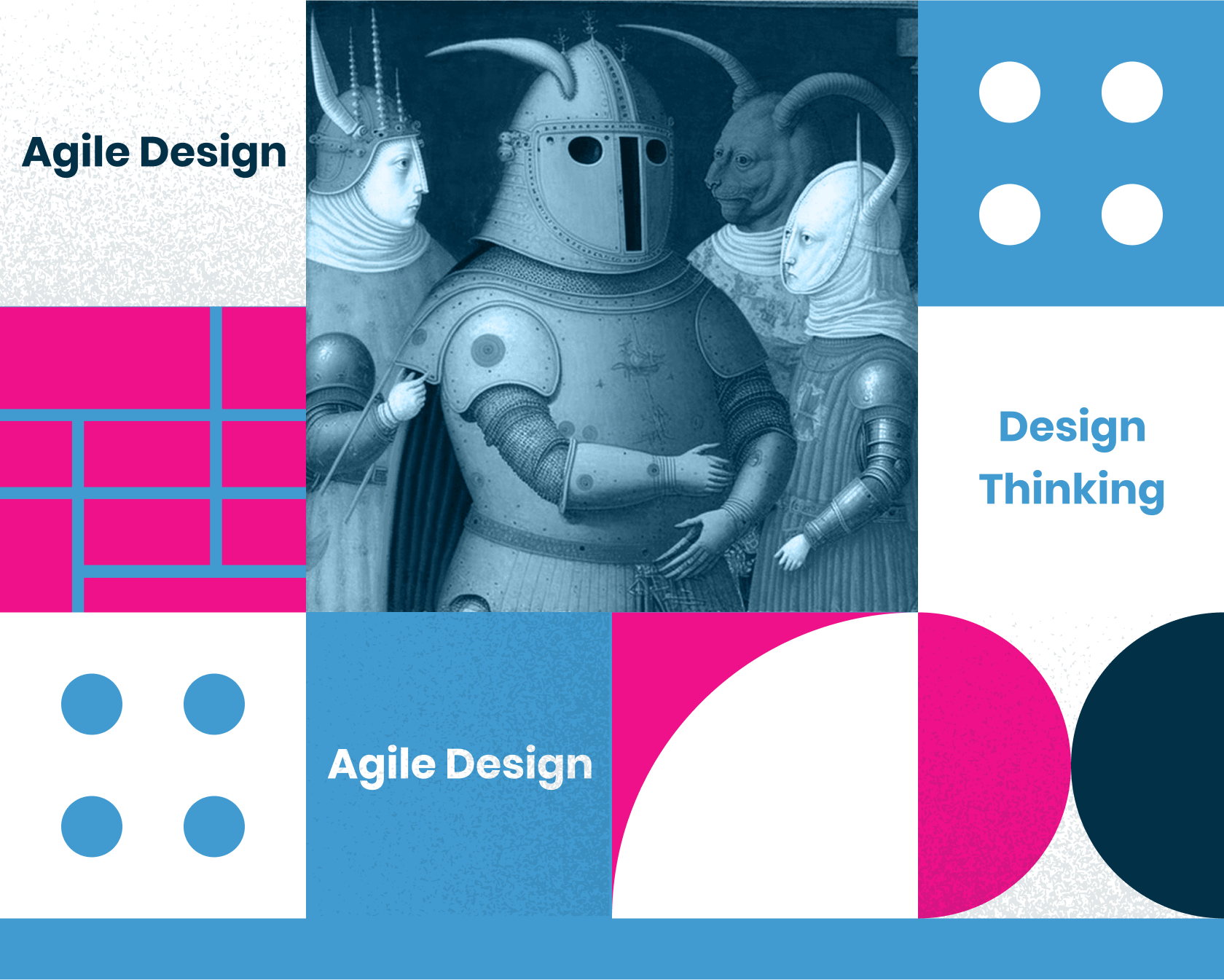
Empathy
Design Thinking is based mainly on empathy. Empathy allows (and invites) designers to leave out assumptions. An element of design thinking uses ethnographical research to find hidden needs not often mentioned by ‘focused groups' research. Empathy can help understand the customer and their requirements through immersive explorator training sessions. Design Thinking aims to enable designers a deeper understanding of client problems.
Combining agile and design thinking to deliver valuable products
Agile and design thought methodologies help teams create new abilities, solve challenges and discover possibilities throughout the product development stages. Unfortunately, there are not many choices.
These two approaches complement each other nicely and are part of broader efforts for being usercentric and innovative. In collaboration, design thinking is a tool to help you determine where the future is and what you want to do.
Focus on the right changes at the right time
If an agile organisation is focused solely on improving incrementally, it loses focus on its effect on customer satisfaction. Design thinking helps fill these gaps using research tools to find out what human needs are.
It also offers rapid prototyping techniques which allows rapid testing of ideas. Use agile and design thinking to iteratively create and maintain good products. Agile software engineers using design thinking can improve customer communication and are more likely to gather input and figure out a solution.
Quickly prove (or disprove) hypotheses
Designer thinking can help identify a problem through user research, and then develop solutions that can solve it. It helps ensure customers want a product, but you may be wrong. Shorter agile sprints help you avoid wasted effort on any new idea. In a design thinking scenario, you can sometimes see that your hypothesis is no longer what your user wants. Martina Tranström is lead product developer for Hotjar.
Accelerate development process
Since users are not included in the initial development phase, agile teams usually spend more than two years building and shaping their products in response to customer feedback. Design thinking shortens development time and allows user feedback to be included during the concept phase, eliminating long-term timelines.
Understand the product roadmap
Designer thinking is focused upon repeated ideating and constant feedback from the first step which can cause difficulties in estimating production time. The Agile methodology allows designers to define and calculate the time required to complete an application.
How agile and design thinking work together for a better user-centric product development process
Using agile and design thinking techniques can offset individual disadvantages in each way. There is more room for rapid ideas that can change products, and it is also possible to adopt user-centric innovations in your products.
Avoid building a product nobody needs—or wants
One of the risks in adopting agile is creating something your customers will not be interested in or want. Design thinking offsets that fact as it avoids the waste of time for unused ideas.
Design Thinking vs Agile: Don't choose, Unite
Maybe you already know about ‘Design Thinking'or ‘Agile'. Most startups or fast growth firms talk about how one of these methods changed every aspect of their organization culture.
It sounds fantastic though, as some people use them and are struggling with deciding which is best. Many people even suggest Agile thinking and design thinking. Are these things true at all? Eleken provides services for Sass business.
What is design thinking?
Design thinking was popularized in the 1950s by its promoters at the IDEO - the renowned Design Consulting firm from Silicon Valley. This method is named design thinking because it has a broader meaning than design fields because of the concept.
Today designers are also applied in a variety of projects. Many of these well-received companies were created purely by the design process.
Design Thinking Agile: Better Together
While development thinks are used separately, they are equally useful in tandem. In some industries most IT firms have used Agile in collaboration with design thinking. Agile methods are practices of solving problems & design thinkers can be used in solving problems. For teams interested in using Agile for the first time, this article suggests a couple of good ideas.
